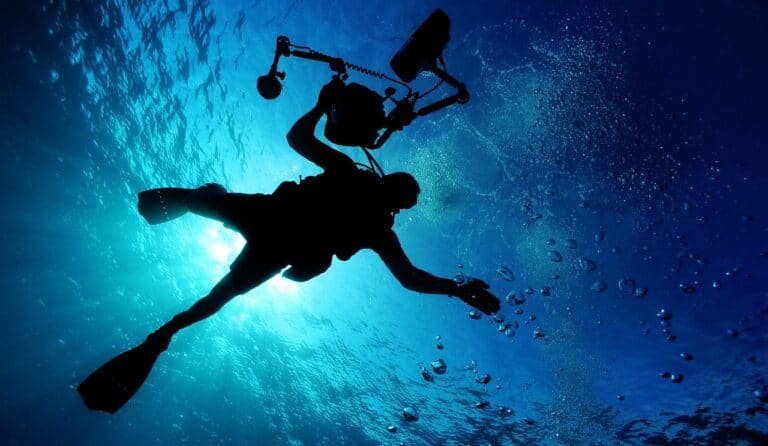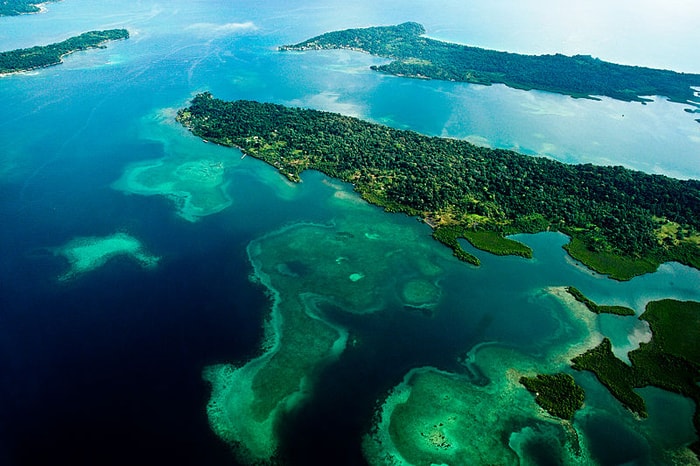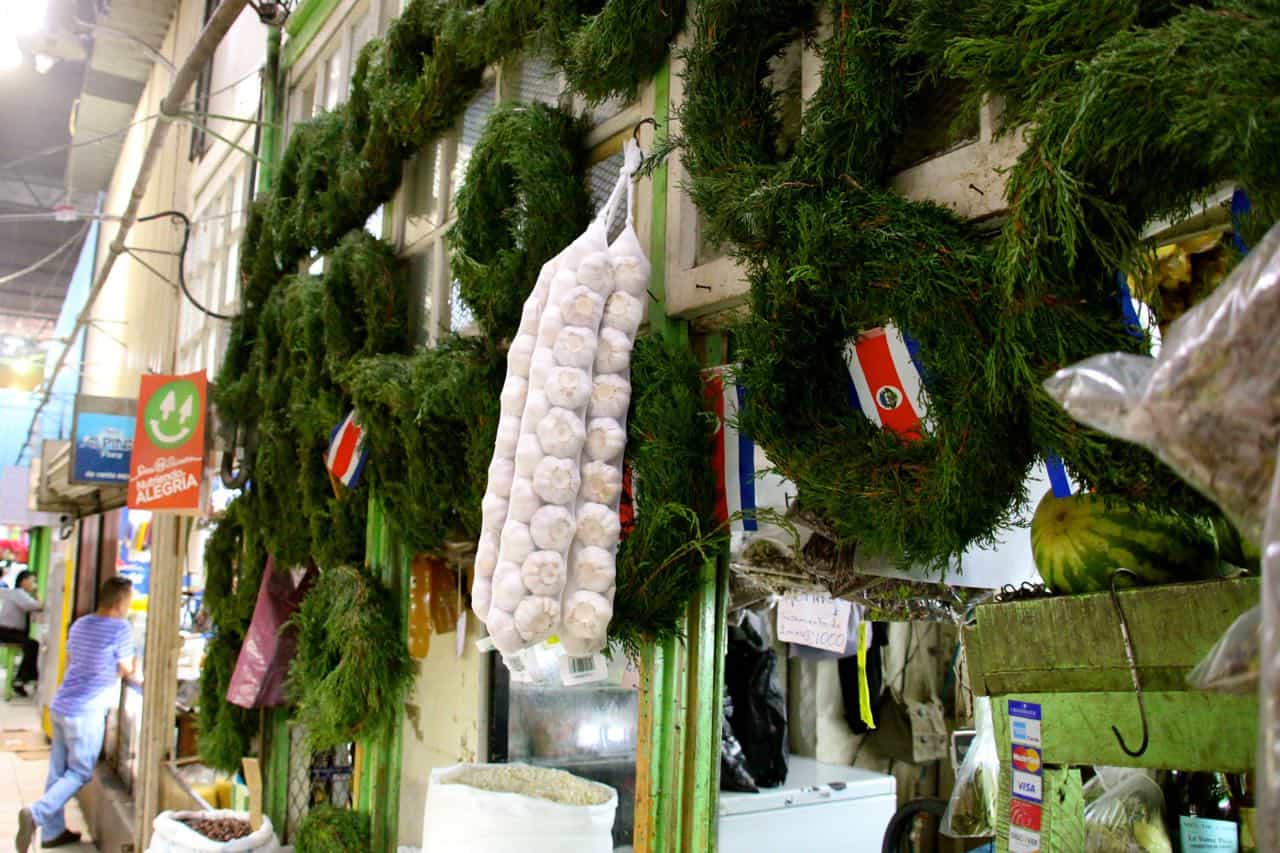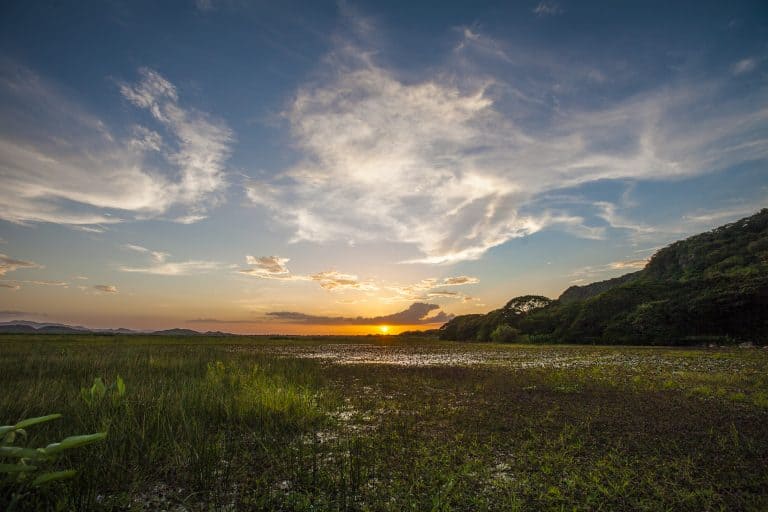(March 8 is International Women’s Day.)
TO the non-legal mind, court systems can be confusing – especially the international ones far from our personal experience. But Costa Rican international human rights and women’s rights lawyer Ana Elena Obando sees The new International Criminal Court (ICC), which will preside in the Hague, as an opportunity.
The court was initiated by the United Nations to hear cases of war crimes and genocide, or cases that violate international standards of conduct in wartime, as well as to make civil and military leaders accountable for war crimes and, hopefully, prevent future acts of violence against civilian populations.
A historic first for this court, conceived in the United Nations and born in Rome in July, 1998, is that it will codify war crimes against women and provide victims with protection, participation in the justice process and compensation.
SUCH crimes are being taken seriously by the court only because women’s advocates and lawyers such as Obando worked long and hard to push for the issue. She has been a strong advocate in promoting the ICC and securing gender awareness within the court. Obando worked at the international level with gender awareness groups and the Women’s Caucus, lobbying and meeting with U.N. delegations and international human rights organizations and writing up “countless” legal drafts to ensure the participation of women both as members of the court and as defendants.
One result of work she and her colleagues have done is that seven of the 18 ICC judges are women, including Costa Rica’s former Vice-president and Minister of Justice, Elizabeth Odio.
Gender perspective, however, means more than just a few women on the blackrobed panel. It means training all court personnel to be gender sensitive to women’s participation, as victims, witnesses or legal staff, explained Obando. It means making people aware that forced pregnancies and rapes by enemy soldiers are crimes against humanity.
“It is important that those working with the court, including investigators, translators and reporters, are gender aware,” she said.
WOMEN as war victims have never been visible, and crimes against women have come to light only recently with the case of the Korean Comfort Women against Japan. Rape and sex crimes committed during a conflict were previously considered a “normal” part of war.
Gang rapes by enemy soldiers, forced prostitution, forced sterilization, forced pregnancy, sex slavery, mutilation, psychological injuries from threats and abductions by armies, para-militaries or rebels all come under this category.
Obando has been a rising legal star in Costa Rica whose interest in the law began at an early age. Her father, a lawyer, encouraged her interest and curiosity, and by the time she was in high school at Colegio La Salle, she knew law would be her career. Her interest in women’s causes came from her awareness of sexual and domestic abuse.
She earned a bachelor’s degree, Cum Laude (1985) and a law degree, Summa Cum Laude (1986) from the Universidad Autonoma de Centro América. She holds a Master’s in Justice Studies from ArizonaStateUniversity. She is a founder of “Mujer, No Estas Sola,” a support group for abused women, and continues to work for human rights, especially for women.
ALTHOUGH the ICC has the support of the majority of the countries in the world – 92 governments have ratified the agreement so far, 30 more than needed – the United States opposes it and has tried to weaken it with bilateral agreements that would deny aid to countries that bring U.S. citizens before the ICC.
This would include military personnel committing human rights violations in countries where they are based or engaged in war. Currently, 37 wars are being fought in 28 countries, eight of which ratified the ICC, including Afghanistan, Colombia, Nigeria, the Republic of Congo and Senegal.





